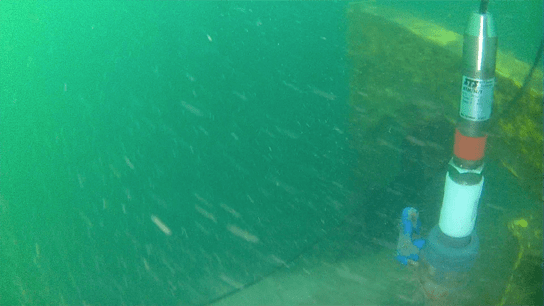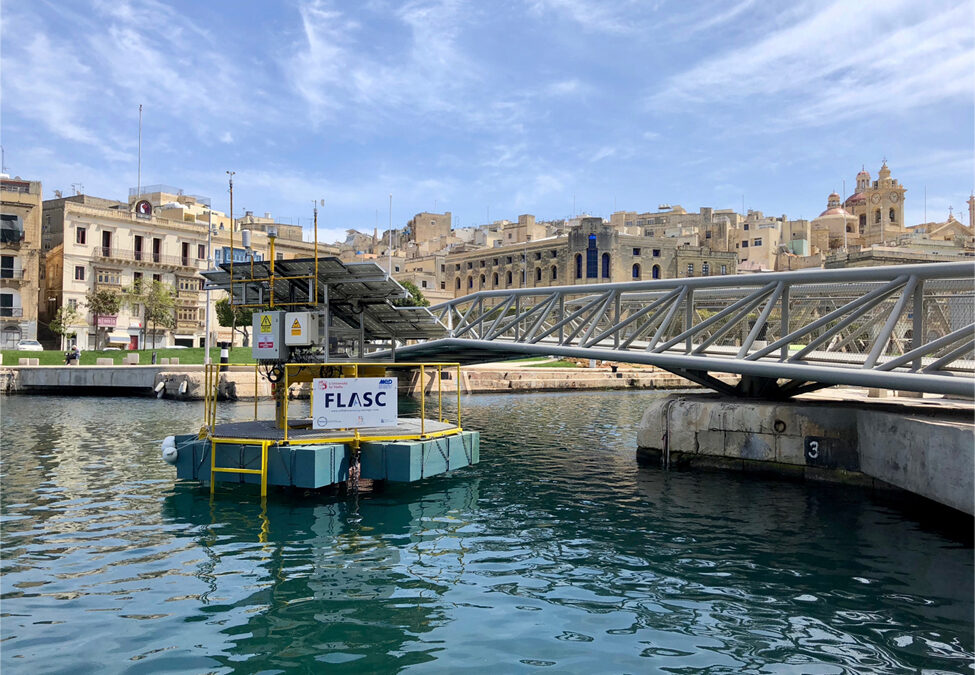Renewable resources are becoming increasingly popular, onshore as well as in large offshore systems. However, there is one considerable problem that is currently restricting the growth of the market: all energy that is being produced, be it by harnessing the power of the sea, the sun or of the wind, has to be deployed immediately. Any surplus which cannot be used instantly is irrevocably wasted. Moreover, renewable sources tend to be unstable in that natural conditions may change suddenly, which directly affects the output power. The solution to this issue is obvious: to invent a way of storing energy for later usage.
Dual chamber technology allows independent energy storage
With their project FLASC, engineers from the Faculty of Engineering at the University of Malta have found a way to do so. They have developed a procedure for offshore systems that allows surplus energy to be effectively stored. Compressed air is used for energy storage. Similar solutions that are already in use rely on hydrostatic pressure, which in turn is dependent on water depth. In contrast, the FLASC dual chamber technology allows for an independent pressure range, no matter the depth of water. That way, surplus energy can be securely stored and released at specified intervals that can be set individually. This ensures that changes in the natural environment do no longer directly affect the output power.
Exact measurement with STS ATM/N/T sensors
The whole technology relies on stable air pressure which has to be guaranteed at all times. For this, FLASC uses high quality STS ATM/N/T sensors. The sensitive sensors measure air pressure and temperature at three different spots in the system. With housing material made of resistant titanium, the sensors are perfectly equipped for permanent usage in salt water. Thanks to the integrated temperature sensing element PT100, they are able to cover a temperature measuring range from 5 to 80°C. All collected data is transferred to the SCADA system, where it can be monitored in real-time.

